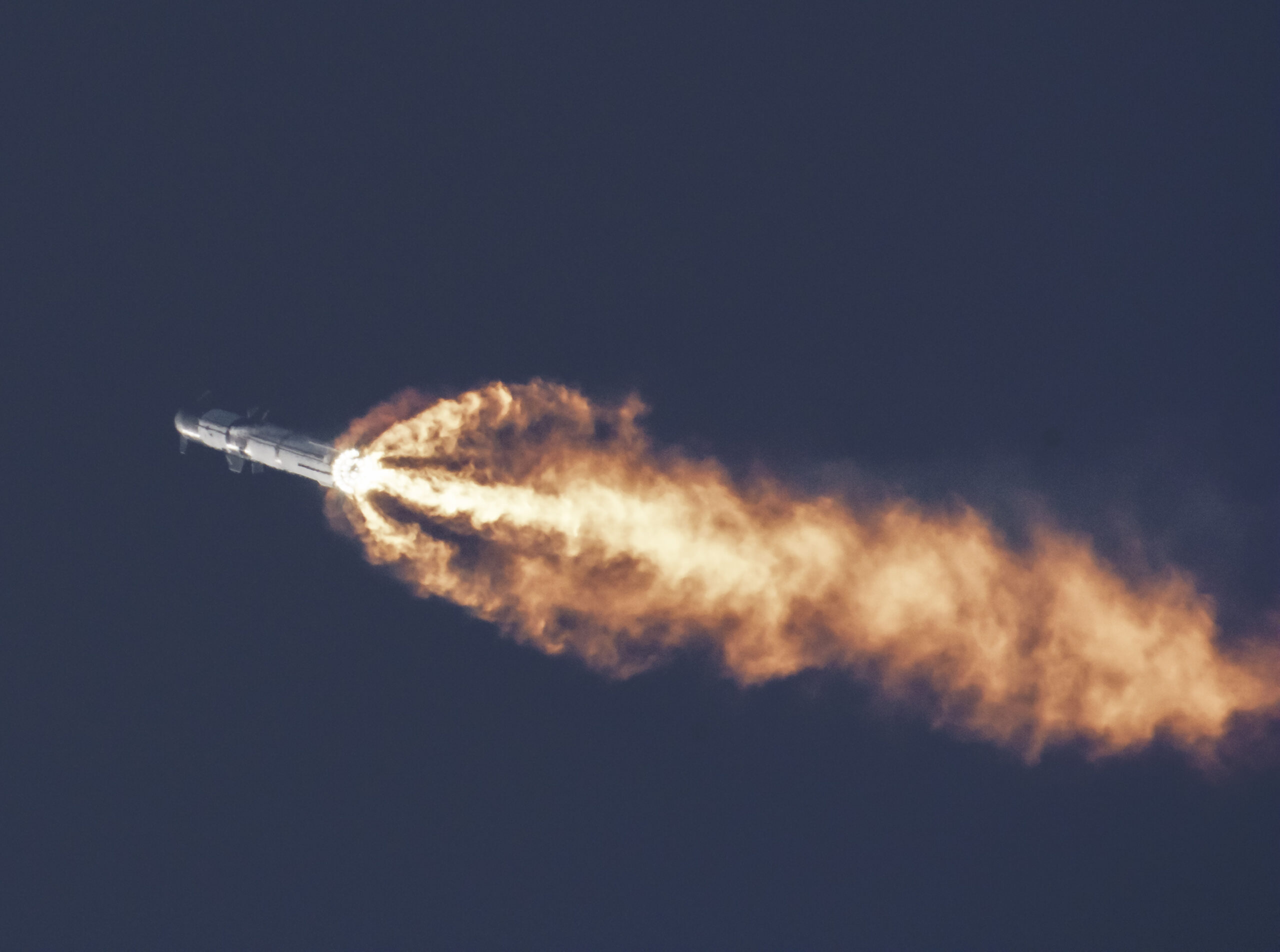TECHNOLOGY

SECOND SPACEX STARSHIP TEST FLIGHT EXPLODES, DISRUPTING FLORIDA AIR TRAFFIC
A SpaceX Starship test flight ended in disaster on Thursday as the spacecraft exploded minutes after liftoff, marking the second failure for the company this year. The 403-foot (123-meter) rocket launched from the SpaceX Boca Chica facility in Texas at around 6:30 p.m. local time (2330 GMT) but lost contact with ground control shortly after takeoff before breaking apart in the sky.
The explosion forced the Federal Aviation Administration (FAA) to halt air traffic at four major Florida airports—Miami, Fort Lauderdale, Orlando, and Palm Beach—causing significant disruptions. A total of 171 departures were delayed, 28 flights were diverted, and 40 airborne planes were held in the air for an average of 22 minutes due to space debris concerns. In total, about 240 flights were affected.
SpaceX confirmed that the Starship experienced a "rapid unscheduled disassembly" during the ascent engine firing. While the first stage of the flight went as planned—successfully separating from the booster, which returned to Earth to be caught midair by a crane—the upper stage of the spacecraft began to spin uncontrollably as multiple engines shut down.
“Unfortunately, this happened last time too, so we’ve got some practice now,” SpaceX spokesperson Dan Huot said during the company’s live stream.
The explosion comes just two months after a similar failed test flight, raising concerns about SpaceX’s ability to achieve its goal of making Starship the world’s most powerful reusable rocket. The company, led by billionaire and unofficial presidential aide Elon Musk, is still pushing forward with its ambitious plans for deep-space exploration despite the latest setback.
4o
"This represents a significant development in our ongoing coverage of current events."— Editorial Board









